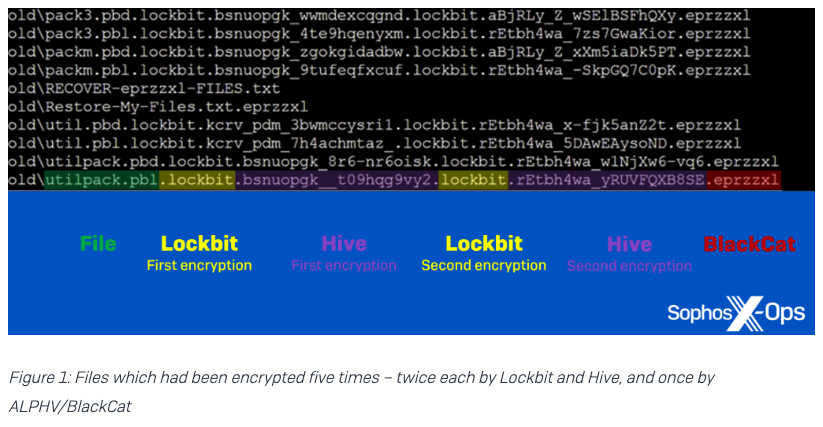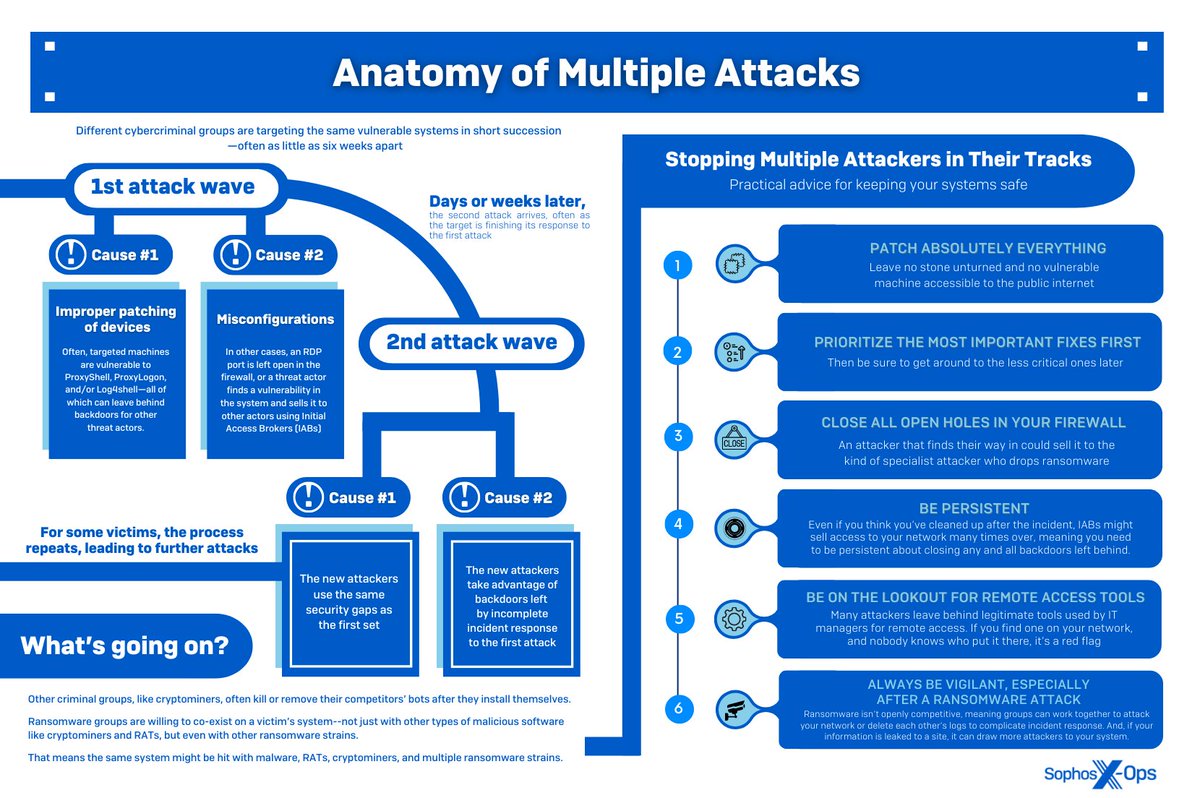
The real excitement in this month’s 121-CVE #PatchTuesday collection wasn’t the size of the haul; it was the part where Microsoft took us all the way back to 2019 for a moment.
1/6
1/6

Remember Follina, the MSDT issue that rolled onstage in late May? Turns out that vulnerability (CVE-2022-30190) has a cousin. An *older* cousin. 2/6
Researcher Imre Rad reported to the company back in December 2019. We explain in today’s blog post how it is you’re only hearing about it in August 2022. 3/6
Beyond that excitement, our coverage spotlights an interesting vuln situation among bootloaders, and reassures Azure admins that they’re not going crazy – volume really is up. Way up. 4/6
Windows takes the greatest number of patches, with 61; Azure follows with 44, and seven other product lines make up the balance. There are two Advisories this month. 5/6 

Our blog provides more information on all these matters, as well as the protections @Sophos is adding to address this month’s crop. 6/6
Check out the article from @agunn_at_work here...
news.sophos.com/en-us/2022/08/…
Check out the article from @agunn_at_work here...
news.sophos.com/en-us/2022/08/…
• • •
Missing some Tweet in this thread? You can try to
force a refresh









